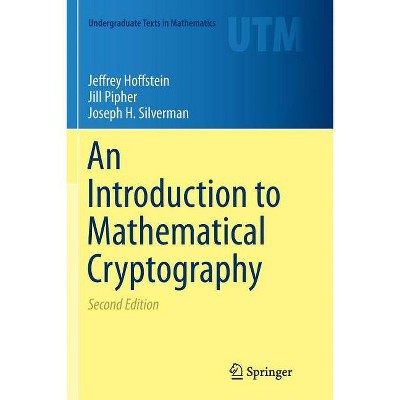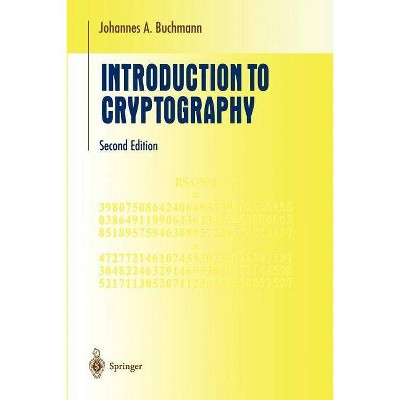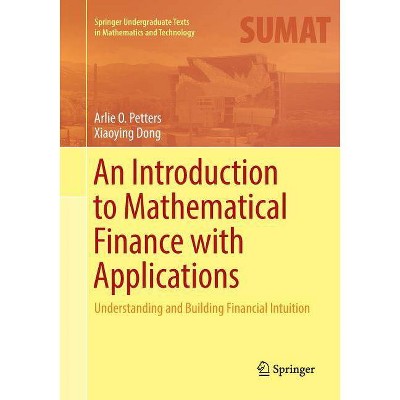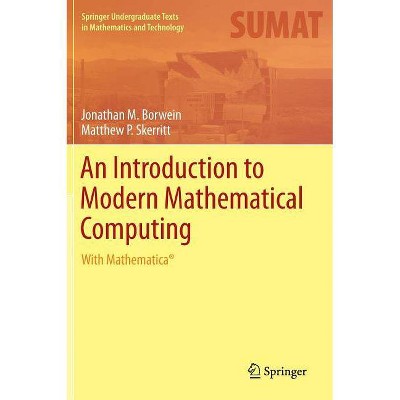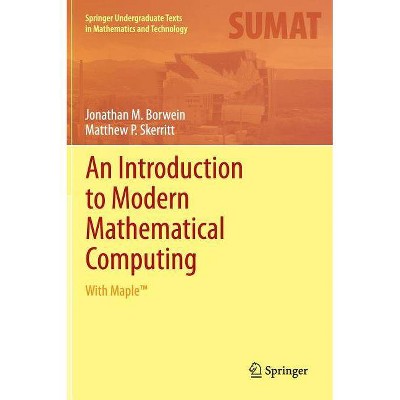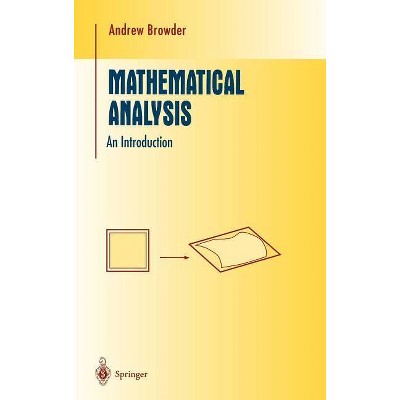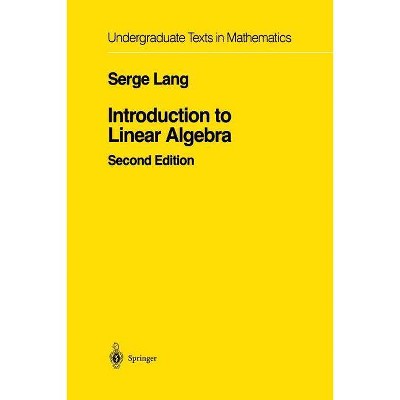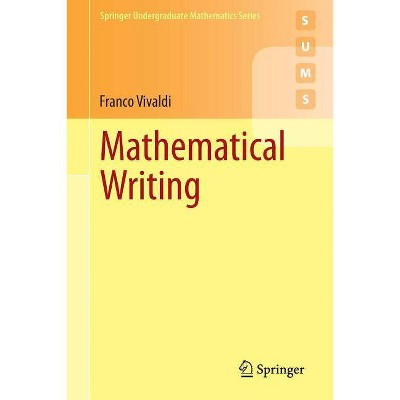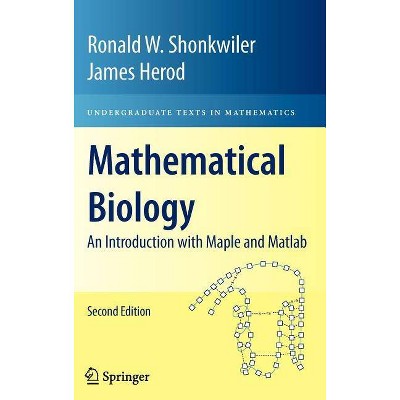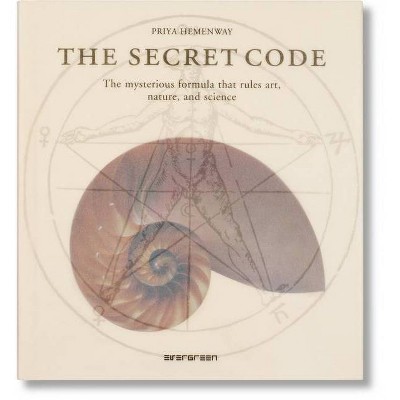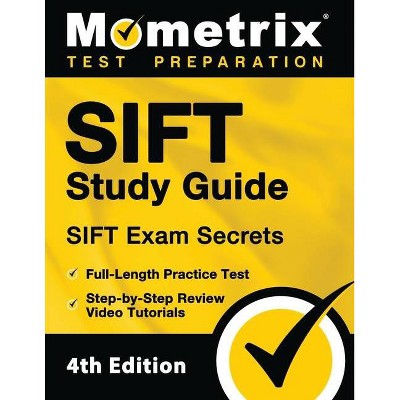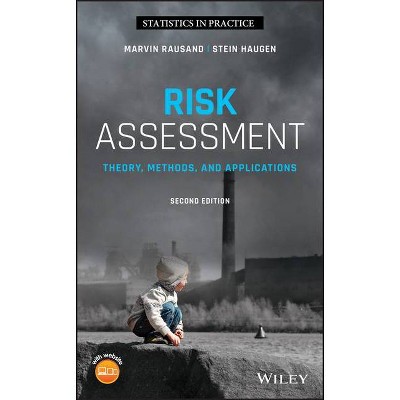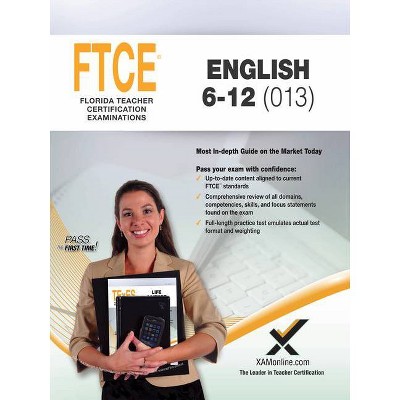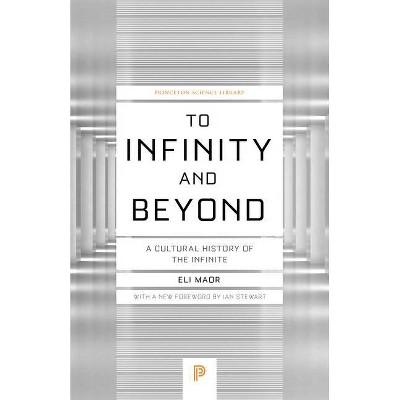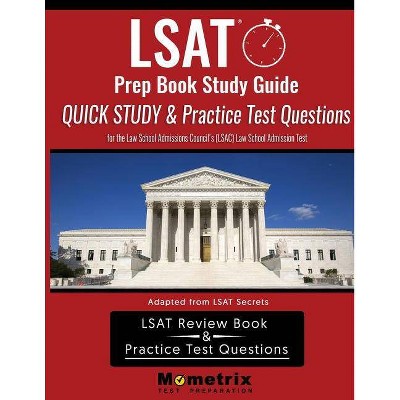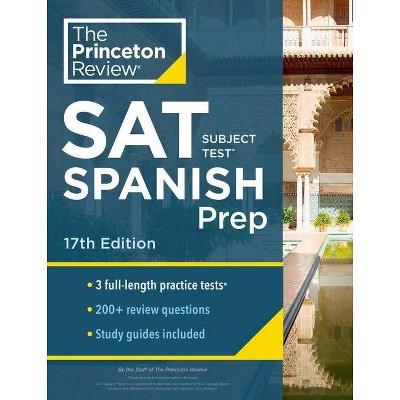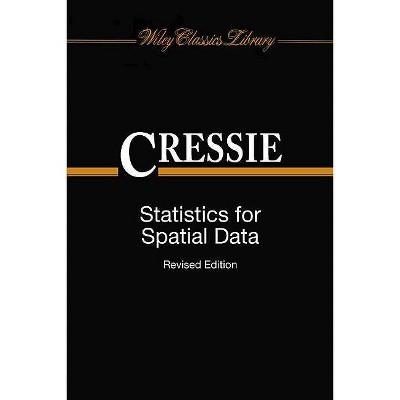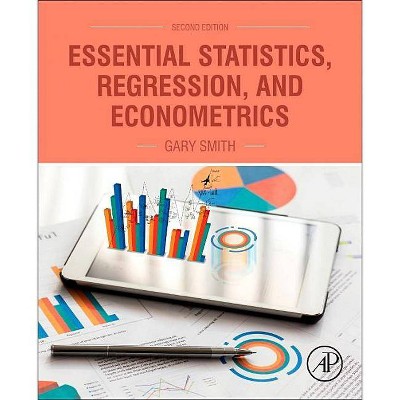An Introduction to Mathematical Cryptography - (Undergraduate Texts in Mathematics) by Jeffrey Hoffstein & Jill Pipher & J H Silverman (Paperback)
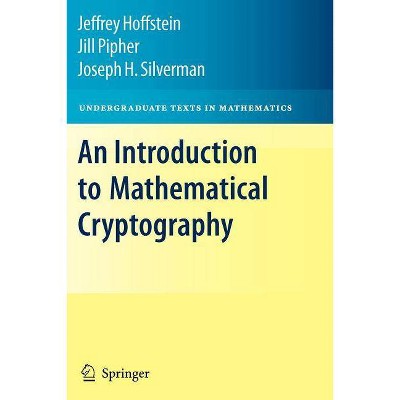
Similar Products
Products of same category from the store
AllProduct info
<p/><br></br><p><b> About the Book </b></p></br></br><p>This self-contained introduction to modern cryptography emphasizes the mathematics behind the theory of public key cryptosystems and digital signature schemes. The book focuses on these key topics. It includes exercises and examples at the end of each section.</p><p/><br></br><p><b> Book Synopsis </b></p></br></br><p><em>An Introduction to Mathematical Cryptography</em> provides an introduction to public key cryptography and underlying mathematics that is required for the subject. Each of the eight chapters expands on a specific area of mathematical cryptography and provides an extensive list of exercises.</p> <p>It is a suitable text for advanced students in pure and applied mathematics and computer science, or the book may be used as a self-study. This book also provides a self-contained treatment of mathematical cryptography for the reader with limited mathematical background.</p><p/><br></br><p><b> From the Back Cover </b></p></br></br><p>This self-contained introduction to modern cryptography emphasizes the mathematics behind the theory of public key cryptosystems and digital signature schemes. The book focuses on these key topics while developing the mathematical tools needed for the construction and security analysis of diverse cryptosystems. Only basic linear algebra is required of the reader; techniques from algebra, number theory, and probability are introduced and developed as required.</p> <p>The book covers a variety of topics that are considered central to mathematical cryptography. Key topics include: </p> <p>* classical cryptographic constructions, such as Diffie-Hellmann key exchange, discrete logarithm-based cryptosystems, the RSA cryptosystem, and digital signatures;</p> <p>* fundamental mathematical tools for cryptography, including primality testing, factorization algorithms, probability theory, information theory, and collision algorithms;</p> <p>* an in-depth treatment of important recent cryptographic innovations, such as elliptic curves, elliptic curve and pairing-based cryptography, lattices, lattice-based cryptography, and the NTRU cryptosystem.</p> <p>This book is an ideal introduction for mathematics and computer science students to the mathematical foundations of modern cryptography. The book includes an extensive bibliography and index; supplementary materials are available online.</p><p/><br></br><p><b> Review Quotes </b></p></br></br><br><p>From the reviews: </p> <p></p> <p>"The book is devoted to public key cryptography, whose principal goal is to allow two or more people to exchange confidential information ... . The material is very well organized, and it is self-contained: no prerequisites in higher mathematics are needed. In fact, everything is explained and carefully covered ... . there is abundance of examples and proposed exercises at the end of each chapter. ... This book is ideal as a textbook for a course aimed at undergraduate mathematics or computer science students." (Fabio Mainardi, The Mathematical Association of America, October, 2008)</p> <p>"This book focuses on public key cryptography ... . Hoffstein, Pipher, and Silverman ... provide a thorough treatment of the topics while keeping the material accessible. ... The book uses examples throughout the text to illustrate the theorems, and provides a large number of exercises ... . The volume includes a nice bibliography. ... Summing Up: Highly recommended. Upper-division undergraduate through professional collections." (C. Bauer, Choice, Vol. 46 (7), March, 2009)</p> <p>"For most undergraduate students in mathematics or computer science (CS), mathematical cryptography is a challenging subject. ... it is written in a way that makes you want to keep reading. ... The authors officially targeted the book for advanced undergraduate or beginning graduate students. I believe that this audience is appropriate. ... it could even be used with students who are just learning how to execute rigorous mathematical proofs. ... I strongly believe that it finds the right tone for today's students ... ." (Burkhard Englert, ACM Computing Reviews, March, 2009)</p> <p>"The exercises and text would make an excellent course for undergraduate independent study. ... This is an excellent book. Hoffstein, Pipher and Silverman have written as good a book as is possible to explain public key cryptography. ... This book would probably be best suited for a graduate course that focused on public key cryptography, for undergraduate independent study, or for the mathematician who wants to see how mathematics is used in public key cryptography." (Jintai Ding and Chris Christensen, Mathematical Reviews, Issue 2009 m)</p><br><p/><br></br><p><b> About the Author </b></p></br></br><p>Dr. Jeffrey Hoffstein has been a professor at Brown University since 1989 and has been a visiting professor and tenured professor at several other universities since 1978. His research areas are number theory, automorphic forms, and cryptography. He has authored more than 50 publications.</p> <p>Dr. Jill Pipher has been a professor at Brown Univesity since 1989. She has been an invited lecturer and has received numerous awards and honors. Her research areas are harmonic analysis, elliptic PDE, and cryptography. She has authored over 40 publications.</p> <p>Dr. Joseph Silverman has been a professor at Brown University 1988. He served as the Chair of the Brown Mathematics department from 2001-2004. He has received numerous fellowships, grants and awards and is a frequently invited lecturer. His research areas are number theory, arithmetic geometry, elliptic curves, dynamical systems and cryptography. He has authored more than120 publications and has had more than 20 doctoral students.</p>
Price History
Price Archive shows prices from various stores, lets you see history and find the cheapest. There is no actual sale on the website. For all support, inquiry and suggestion messagescommunication@pricearchive.us
